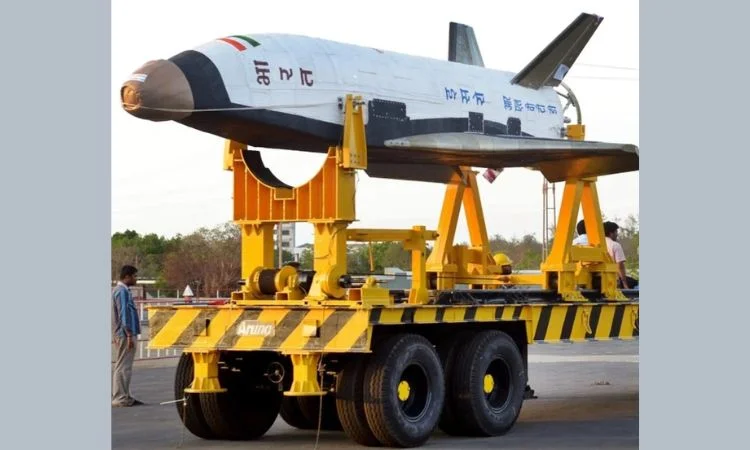ISRO made another success by conducting the numerical landing of its experimental rocket vehicle called Pushpak was the second test flight that was held by the experts. The wings were deployed on March 22 2020 and the rocket landed at a location of height 4.5 km. It showed the potential to steer itself where it exactly needed to land and that was exactly the test site runway through autonomous navigation at ISRO in Karnataka.

The ISRO’s Pushpak, is a concept that aims to transform launch systems entirely by creating vehicles that can fly to space several times, just like commercial aircraft. This militate will obviously lead to the significant cut off expenses of access to space. For the second time, ISRO pushed Pushpak to its technical limits by feeding it with everything it needed to control the re-entry and landing of it with the precision of a robot arm. Contrary to the first test last year where Pushpak was involved in less complicated tasks with more room for error, now he needs a sharp control of his skills.
However, Pushpak, to tell the truth, passed the exam with high scores thus. Upon its re-entry to the atmosphere, it did so extremely fast to prevent the capsule from heating up rapidly and to maintain its trajectory towards the designed landing site. The runway was located by utilizing the sensor data and the algorithm and there was a groovy hovering followed by a smooth vertical landing. Chairman of ISRO Sathanath was happier at the successful evaluation of key technologies on returnable launch vehicle.
The use of reusable rockets, eventually, will surely lead to the first revolution in the space industry showing the path for further progress comparable to the era of fleet of passenger airplanes with their wide flight routes. The need for ridiculously priced rocket stages that are discarded after every launch will hopefully be a thing of the past. Pushpak Initiative developed by ISRO is the crucial stage toward the creation of a completely and instantly refurbished space-launch system. However, the problems still exist including durability of rocket structure after multiple separations and landing events and into the accuracy of an orbital demonstration.
With this second free-flight experiment, ISRO gains valuable experience operating reusable vehicles. The autonomous guidance and precision landing capabilities demonstrated open doors for future missions. Reusability can cut the cost of each launch significantly. This will boost India’s ability to deliver more satellites into orbit at affordable prices. It can expand access to space for smaller companies and pave the way for exciting new space applications.
ISRO’s reusable rocket ambitions mirror global efforts by SpaceX and other private firms. Pushpak moving closer to operational flights is a proud milestone. It displays India’s innovative spirit and commitment to developing indigenous space technologies. With the continued support of scientists and the government, ISRO may well achieve its dream of low-cost access to space through reusable rockets in the years to come. It is a huge achievement.














